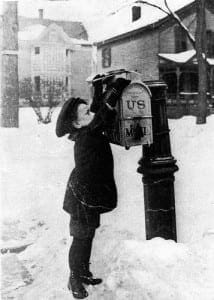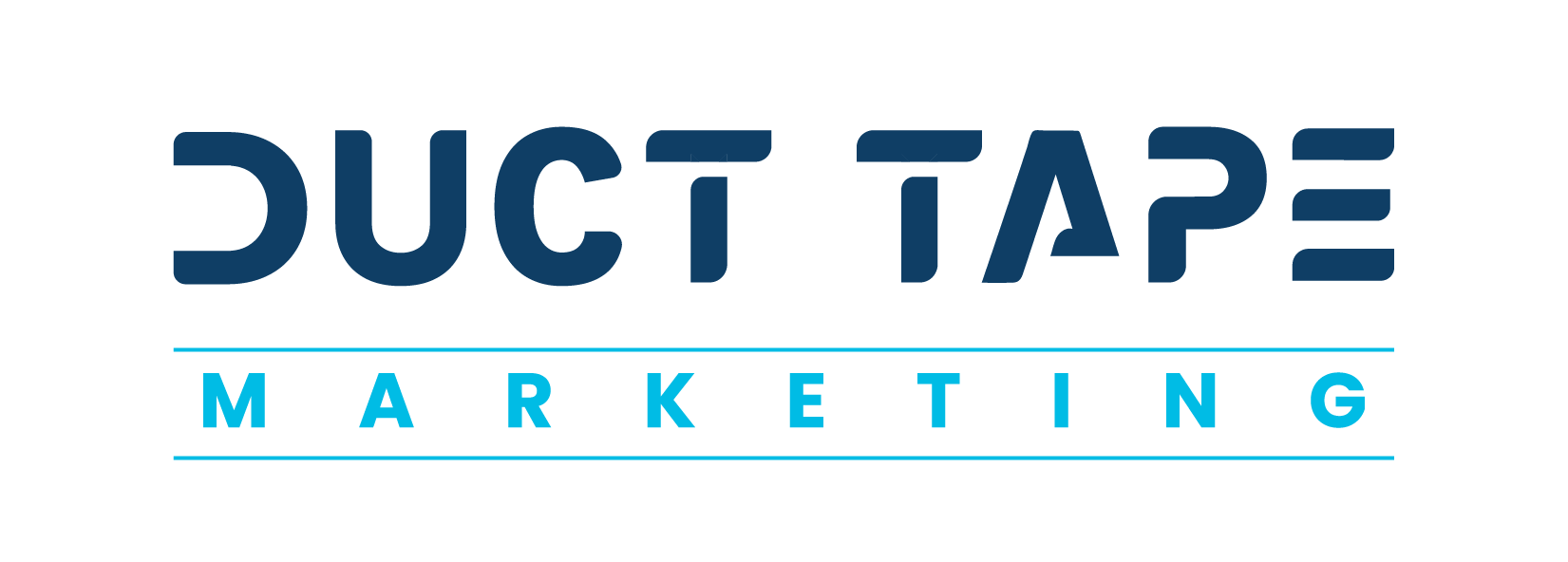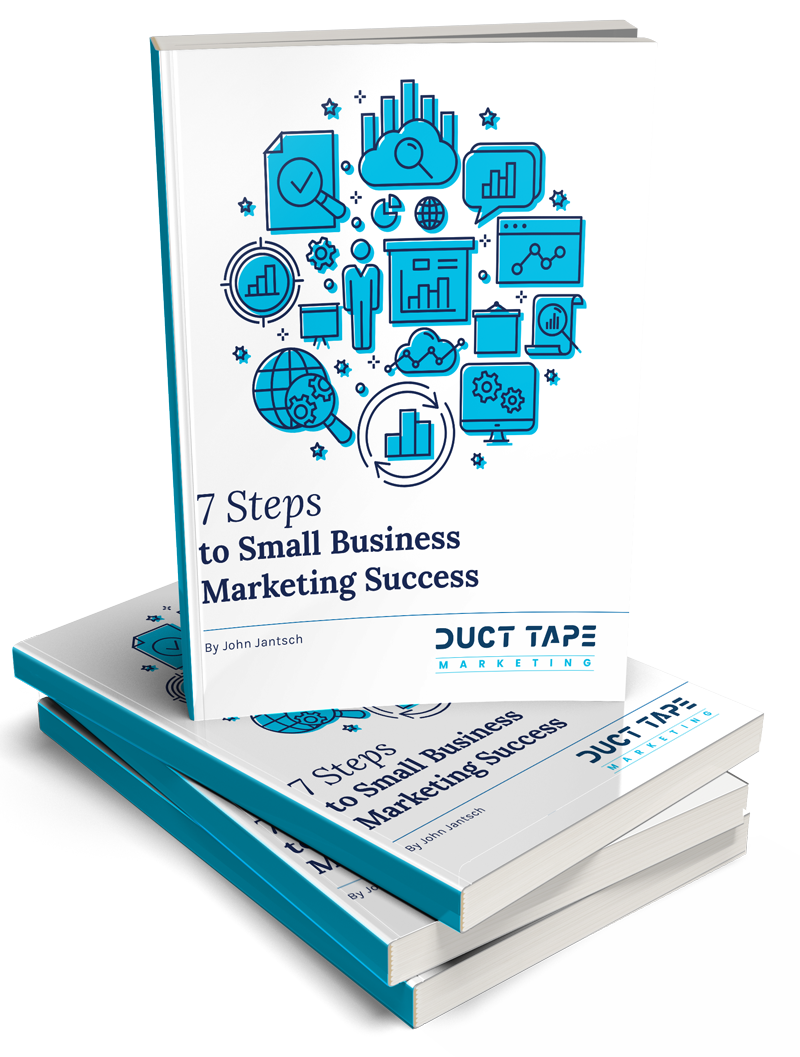Today’s Guest Post is by Zach Watson – Enjoy!

Marketing automation can’t be described as a new concept anymore. It would be more accurate to say it’s a difficult undertaking because automating anything requires precision and constant maintenance.
But it’s not impossible to use this strategy effectively. The fact that marketing automation is no longer a new, mysterious technology provides small businesses with the one resource they need to capitalize on this software: best practices.
The biggest risk of automating your marketing is that you will do it incorrectly, and your customers will be left confused and alienated. But by using other marketers as a guide, you’ll be better positioned to avoid the common pitfalls of automation. Here are a few:
Common Uses for Marketing Automation Include:
1. Content Marketing
Educational or entertaining content can be used both as a means to grow your email list and a way to increase engagement from your subscribers. If you’re offering a product or service, then using content as a means to move buyers through the sales funnel is an excellent use of marketing automation.
The key to this strategy is to create campaigns that use if/then logic to deliver personalized content for the interests of each prospect. This builds rapport and trust between your company and your audience while also moving these prospects closer to using your product or service.
2. Onboarding
As software as a service has become a more common delivery model for software products, so has the onboarding email chain become a more common tactic for marketers. Many organizations devote a great deal of effort to getting prospects to sign up for free trials of their software in order to get them in the sales funnel.
Once the prospect signs up, it’s critical that they use the software to its full extent. After using the software becomes a habit, then the free trial user is exponentially more likely to become a paying customer.
The key to automating onboarding emails is to sync your marketing automation system with the software you sell so you can target users based on what behavior they have or haven’t taken.
The approach is similar to content marketing, but instead of a series of educational pieces of content, onboarding campaigns are usually personal emails discussing how to use specific features of the software.
3. Promotions and Discounts
These are often the bread and butter of e-commerce retailers as well as brick and mortar shops. Sending discounts is an effective strategy for driving both online and instore purchases, and it can be tempting to blast your best offers to everyone. However, like the other two tactics, you need to base these campaigns on user behavior to make sure your offers are as targeted as possible.
Now that you’ve got a framework for what you can do with marketing automation, it’s important to examine what you should not do with this type of software.
Don’t send the same emails to everyone
Marketers new to automation software often worry that creating automated email campaigns and scheduling other types of interactions along the sales funnel will make them sound like a robot. That’s not true — unless, of course, you send the same emails to your entire audience.
Failing to appreciate the differences in the interests of your customers is precisely what will make you sound like a robot. Fortunately, marketing automation products make it particularly easy to track user behavior on your website, in your email campaigns, and on your social media.
Use that information to make your marketing personalized, and your communication won’t sound robotic or mass-produced.
Don’t set and forget
To gather all the correct information you need to segment your marketing campaigns, you’ll need to test different approaches with different audiences. For example, “Does offer A work well with customers interested in product 2, or does offer B work better?” Test early and test often. You need to monitor your campaigns on a daily basis and make changes as necessary.
One of the cardinal sins of marketing automation is creating a single campaign for each segment and simply letting that campaign run without oversight. This is a massive mistake. It’s unlikely you’ll create the perfect marketing formula the first time around, so testing provides a way to improve quickly.
Marketing automation vendors don’t just make software that only huge businesses use; many make products for businesses of all sizes. But a cheaper price doesn’t take the pressure off of the marketer. Automation demands a lot of work.
You’re essentially playing the role of an engineer to construct a marketing lifecycle for your prospects. Be sure to follow industry best practices and constantly monitor your results to succeed in your automating endeavors.
If you liked this post, check out our Small Business Guide to Marketing Automation.
 Zach Watson is the content manager at TechnologyAdvice. He covers gamification, healthcare IT, business intelligence and other emerging technology. Connect with him on LinkedIn.
Zach Watson is the content manager at TechnologyAdvice. He covers gamification, healthcare IT, business intelligence and other emerging technology. Connect with him on LinkedIn.



